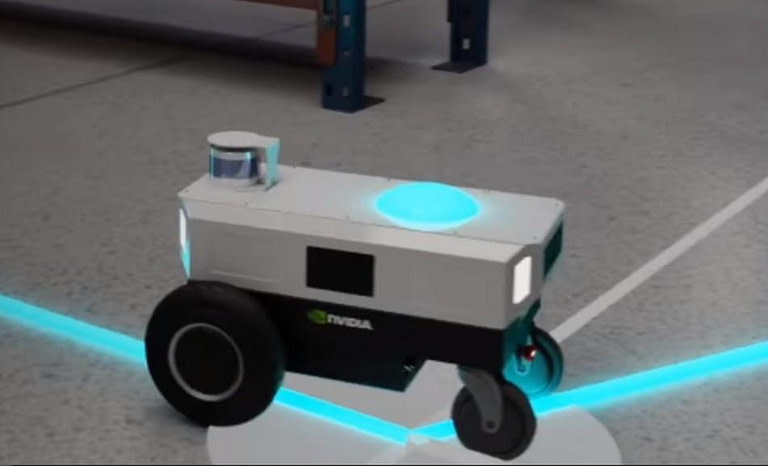The world of robotics has been revolutionized by the introduction of artificial intelligence. Scientists have developed robots that can think, learn, and act independently from humans. These AI-powered robots are being used in a variety of applications such as medical care, manufacturing, and even military operations. But what happens when these machines become so advanced that they no longer need human input? Can intelligence be separated from the body?
This is a question that scientists around the world are exploring with increasing urgency. In recent years, advances in machine learning algorithms have enabled robots to make decisions on their own without any human intervention. This has led to an increased focus on developing autonomous robotic systems capable of performing complex tasks without relying on external commands or instructions from people.
One example of this technology is Boston Dynamics’ Atlas robot which can navigate its environment autonomously using sensors and cameras to detect obstacles and plan its path accordingly. Another example is SoftBank Robotics’ Pepper robot which uses facial recognition software to interact with people in natural language conversations. Both examples demonstrate how far AI-driven robotics have come in terms of autonomy and decision making capabilities – but there still remains much work to be done before we can truly separate intelligence from the body itself.
Researchers are now looking into ways to create “intelligent agents” – self-contained robotic systems capable of making decisions based solely on their internal programming rather than relying on external inputs or commands from humans or other machines. Such agents could potentially operate independently within environments where traditional robots would not be able to function due to safety concerns or lack of access rights for humans (e.g., nuclear power plants).
In addition, researchers are also exploring ways for intelligent agents to interact with each other through shared networks known as “multiagent systems” which allow multiple autonomous entities (robots) working together towards a common goal while maintaining individual autonomy at all times (i..e., no single agent controls all others). This type of system could enable more efficient collaboration between different types of robots operating within the same space – something that would otherwise require significant amounts time and resources if done manually by humans alone .
Ultimately, it will take some time before we reach a point where intelligent agents can completely replace human labor but it appears inevitable given current trends in AI development . As such , it’s important for us as society prepare ourselves for this new era by understanding both potential benefits and risks associated with these technologies . Only then will we be ableto reap full rewards while minimizing potential harm caused by our creations .
|Can Intelligence Be Separated From The Body?|Robotics|New York Times






